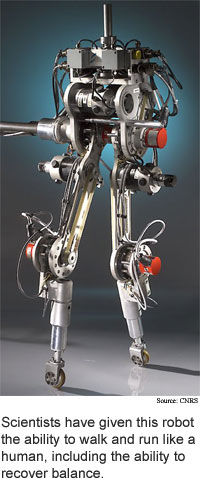Despite their legal efforts to halt illegal file sharing, the record industry appears to be finally accepting the inevitable:
file sharing is here to stay. Last year, 5
billion songs were downloaded through free swapping services, dwarfing the number that were purchased and downloaded legally. To that end, record labels are exploring new peer-to-peer technologies that would allow them to offer downloadable songs legally, make money, and give audiences the service they're looking for.
One emerging P2P technology, Peer Impact, will require users to purchase songs for download, but will give them credit for songs that they share with others in the network (thought they can only share songs that they purchase from the service). Another service, Snocap (founded by Napster creator Shaun Fanning) will track songs being downloaded, watch for attempts at illegal downloads, and allow labels to assign different privileges for each song. If a band encourages its fans to record and trade its songs, their tracks might be downloadable for free or for an extremely low cost.
Still, the question remains: why buy the cow if you can get the milk for free? Clearly there's a demand for downloading songs, but will music lovers abandon their free services in favor of paid ones? The threat of lawsuits doesn't seem to be a deterrent; will these new services be an incentive?
UPDATE: No less a figure than Hillary Rosen, the former CEO of the RIAA who led the legal fight against Napster and other file-sharing services, concedes that online music downloads and P2P are a foregone conclusion.
Writing in the Huffington Post blog, she effectively recants her previous strategies, saying, "The entertainment industry has no choice right now but to speed up its licensing activity and risk-taking and the tech industry should start caring that they are not helping their customers when the easiest way to get entertainment content is to also accept spyware, viruses, and bad files in the process. Sure there are some promising things happening, but they are not being embraced nearly fast enough." Pity... if she and the RIAA had had this attitude several years ago, the recording industry might have been able to get out ahead of the illegal file-sharing services and be in a stronger position today.
Source: CNN.com























